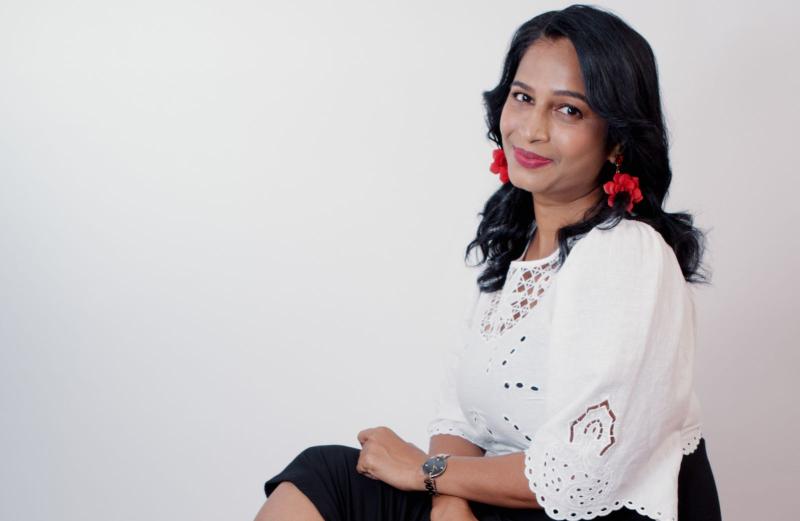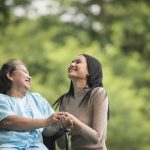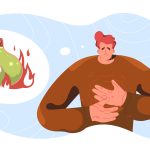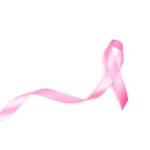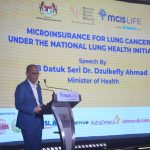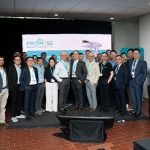“To cure sometimes, to relieve often, to comfort always.”
One of the oldest expressions of medical humility and one that I first learned on my very first day of medical school. It has stayed with me through the years… yet sometimes, in the noise of modern medicine, we forget!
I have spent much of my professional life championing patient-centred cancer care in research, in policy and in advocacy. I have written about it, analysed it, published in The Lancet and Nature, led commissions and spoken on global platforms. I have held leadership roles that allowed me to influence how cancer care is delivered and evaluated, especially in low- and middle-income countries.
For years I believed I understood what patient-centred care meant. I could define it in lectures, measure it through studies, and explain its impact on survival and quality of life. I could quote frameworks, cite evidence and speak with conviction about why it matters.
But none of that… not the data, not the titles, not the publications… prepared me for what it feels like when cancer enters your own home.
When someone I love was diagnosed with advanced cancer, I found myself in an unfamiliar territory. Not as a physician, researcher or policy advocate but as a family member. Suddenly, I was on the receiving end of the very system I have spent years studying and trying to improve. The things I had discussed in abstraction such as treatment choices, prognosis, cost, wellbeing and dignity, which all became painfully real. Within days, my phone was filled with messages from my oncology friends. “Don’t give up.” “We can still try another regimen.” “Let’s push for one more line.” Their compassion was genuine and their intention very sincere. I knew they wanted to help, to support me and to do something.
But as I looked at him… calm, lucid and very clear about his wishes… I realised he wanted something else. He did not want “everything done.” He wanted peace and comfort. He wanted sunshine on his face, familiar faces, laughter, music, time with the people he loved. He wanted to live, not just survive!
It took several honest and sometimes painful conversations before everyone including me began to see that. Family members wrestled with guilt and fear. Friends questioned if we were giving up too soon. And I struggled quietly between my training to act and my instinct to listen.
Eventually we found a shared understanding that the goal was no longer to extend life at all costs but to preserve its meaning until the very end. That shift changed everything. The anxiety of treatment decisions gave way to planning small joys… road trips, favourite meals, light gardening, chit chat with grandchildren, stories told again and again.
He spent his final months at home, pain-free and surrounded by love. He was clear and at peace, and he left the world in his own way, on his own terms.
That experience changed me profoundly. It moved me closer to the real meaning of patient-centred care. Not even my Lancet commissions, Nature papers, PI-ships or presidencies have taught me as much as those few months did. For all my years speaking about autonomy and shared decision-making, I only truly understood it when I had to live it.
In cancer care, the line between saving life and prolonging dying is thin. Medicine is still too often driven by fear…fear of guilt, fear of doing too little, fear of blame. We equate more treatment with more care, more action with more compassion. However, I now realise that sometimes the greatest kindness is restraint… to stop when science has reached its limits and to let human dignity take the lead.
This experience also reminded me that even the strongest evidence cannot measure peace. It cannot quantify what it means to sit beside someone you love, knowing that the goal is no longer cure but comfort. I have spent decades building data, writing policy briefs, leading programmes. But this time, life was the teacher. I learned that evidence must always walk hand in hand with empathy.
Finally, when I returned to my work, I carry his lesson with me. Behind every statistic is a person. Behind every dataset is a story. And sometimes, the hardest question is not “What more can we do?” but “What truly matters now?”. Sometimes, doing less is the most loving thing we can do…

